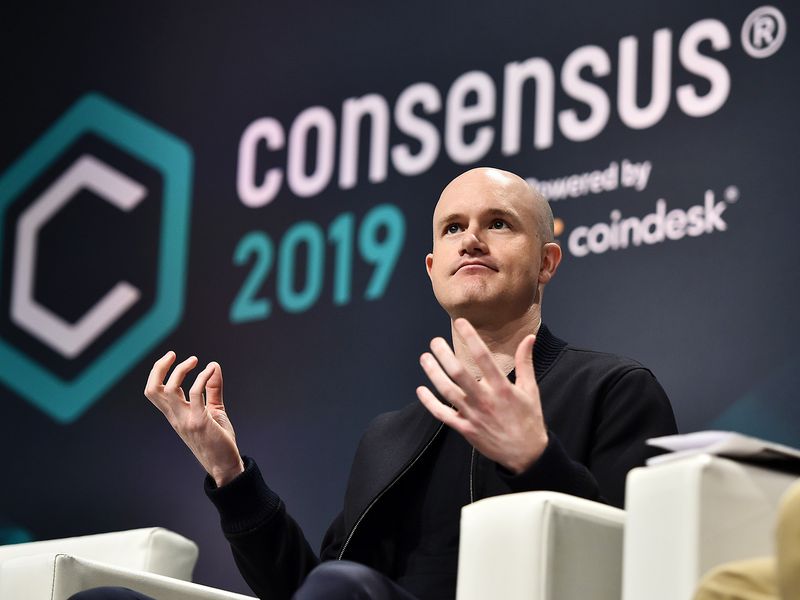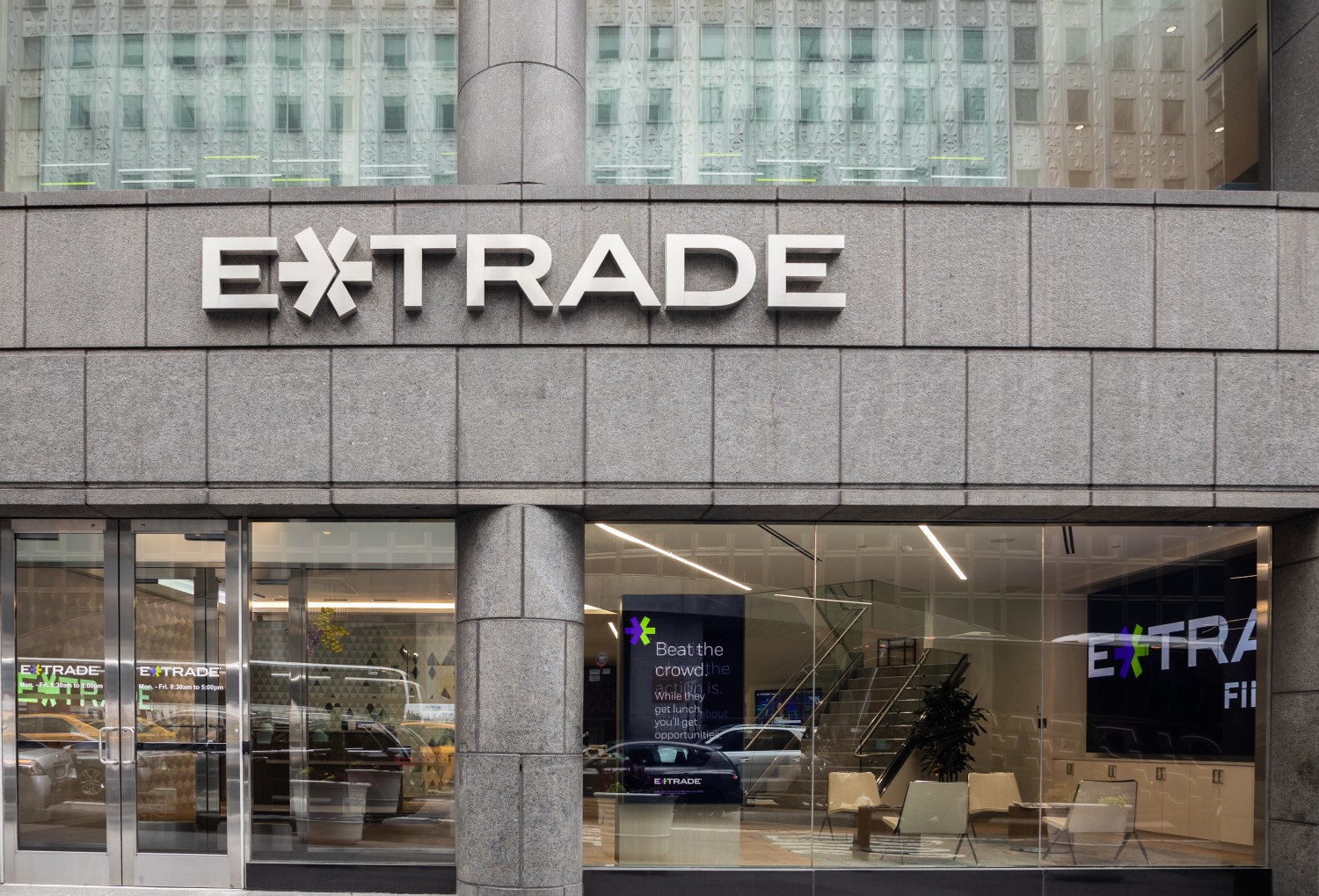Aggregation Is the Only Way to Unify Web3
In the early days of the Internet, networks were isolated and couldn’t communicate with each other. Then TCP/IP came along, connecting everything and changing the game.
Today, Web3 faces a similar problem to the early internet—blockchains and platforms are stuck in silos, fragmenting liquidity and making for a clunky user experience. Value can’t flow freely between networks, limiting what users and markets can actually do.

11:20
Regulatory Game-Changer: OKX’s Crypto Expansion in Dubai

02:12
Solana Outperforming Amid Memecoin Frenzy

01:54
BlackRock Buys More MicroStrategy Shares; Citi Debanked Ripple’s Brad Garlinghouse

04:56
ApeCoin’s Price Surge: What’s Next After the Blockchain Debut?
But aggregation would change all that by tearing down the walls and unlocking the full potential of Web3.
Marc Boiron is the chief executive officer at Polygon Labs, developer of the eponymous blockchain and, more recently, AggLayer.
The Missing Piece: Cross-Chain Settlement
Web3 needs an aggregation layer that can break down the silos between networks. This wouldn’t just fix the issues we see today—it would kick off a new chapter in the internet’s evolution, unlocking new design spaces and possibilities for a truly unified crypto ecosystem.
With such a layer, every platform could access more liquidity and users across all connected chains. Any exchange could offer any asset, no matter which network it’s on. No more network integrations necessary to list new tokens. That’s the kind of future we should be building toward.
Aggregation is the key for Web3 to work like the Internet does today—everything is available from one place, with information, assets, and value moving around as easily as sending an email. Users could have a single universal profile and wallet that serves as their gateway to all of Web3, keeping a secure, unchangeable record of their history and credentials.
Additionally, a cross-chain settlement layer would unify the developer experience, letting builders create smoother, more powerful apps that are not constrained by bottlenecks of a single chain or fragmentation of the user experience and assets. By simplifying complex cross-chain processes into easy commands, projects could tap into the entire ecosystem, accessing any asset or tool from any chain.
Overhauling DeFi
While these ideas sound great in theory, it’s the real-world applications that will unlock their full potential. Take decentralized finance, for example. Right now, liquidity in and users of DeFi dApps are stuck in “walled gardens” across different blockchains. Developers are forced to choose specific chains for deployment based on technical perks or grants, and users are left navigating these silos with limited options. The only current solutions—bridges and wrapped tokens—are often inefficient, expensive, and risky.
A cross-chain settlement layer would change all that, enhancing innovations such as unified yield farming, where users could seamlessly earn returns on their assets across multiple chains without having to rely on any third-party bridges or wrapped tokens. Combine that with cheap, easy token swaps and new opportunities in cross-chain arbitrage, and DeFi would become even more powerful than it is now.
An aggregated approach would also benefit tokenized real-world assets. Right now, the biggest hurdle to RWA adoption is the lack of cross-chain settlement between blockchains. Tokenizing an RWA on Ethereum, for example, limits its interaction with networks that are incompatible with the Ethereum Virtual Machine, fragmenting the asset’s value. This creates isolated pockets rather than a real market, which is why the European Central Bank has called for a shared digital ledger for tokenized assets.
Solving this problem would enable true cross-chain markets, where fractional ownership and funds could be backed by a wider variety of assets than ever before. Everything from land and art to stocks and investment funds could exist in a global digital economy, untethered from a physical location.
True Web3 Gaming and DePIN
Aggregated networks hold massive potential for Web3 gaming. For years, the promise of digital ownership and open markets in gaming has been on the horizon, but fragmentation has kept it from being fully realized. While ecosystems such as Immutable and Ronin exist, they can’t easily move players or content between them.
Now, imagine all gaming platforms connecting to a single cross-chain settlement layer. Suddenly, every game would be part of the same ecosystem, like having a Steam account that gives you full access to games across PC, Nintendo, Xbox, and PlayStation. Developers would gain access to the entire global gamer base as potential users, breaking down the barriers between fragmented ecosystems.
This same concept applies to the emerging field of decentralized physical infrastructure networks. DePINs provide decentralized internet services through a network of incentivized physical devices, offering better performance than traditional centralized providers while removing concerns about Big Tech’s data harvesting or infrastructure downtime.
Right now, DePINs operate in silos, making data sharing and system integration unnecessarily complicated and costly. An aggregation network solves these silos, allowing easy collaboration between different DePIN systems, cutting costs, and removing hurdles to cross-chain settlement.
These examples are scratching the surface, hinting at a wide range of possibilities in areas such as user data ownership and monetization. What’s even more exciting is that this kind of cross-chain settlement will let developers build entirely new projects and services we haven’t imagined.
The topic of interoperability and aggregation has been rapidly gaining momentum lately, with many well-known blockchain tech leaders working on solutions to unify Web3. Next month, the first-ever event focused on blockchain aggregation, the Aggregation Summit, will kick off in Bangkok ahead of the Ethereum Foundation‘s Devcon 2024 conference.
A fully connected, fast, affordable, and secure Web3 is within reach—and it’s an internet with native value open to everyone. The key is aggregation.
Note: The views expressed in this column are those of the author and do not necessarily reflect those of CoinDesk, Inc. or its owners and affiliates.









